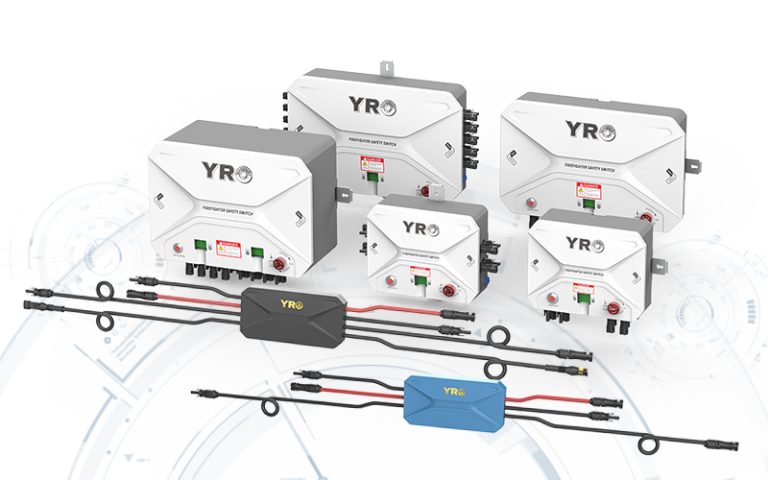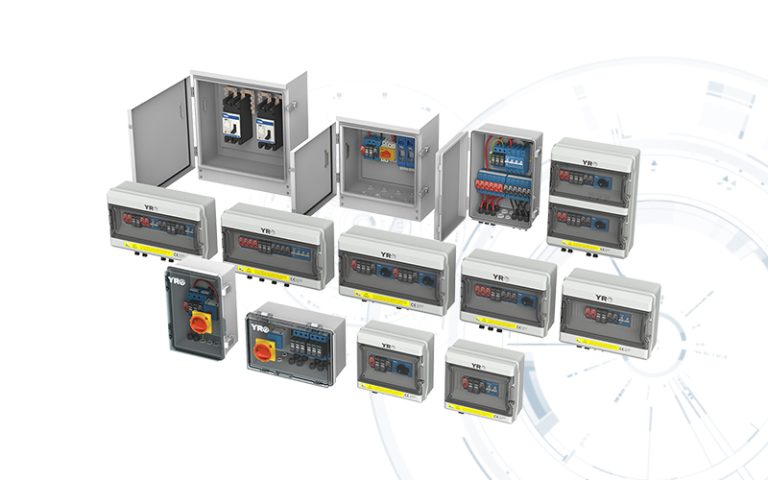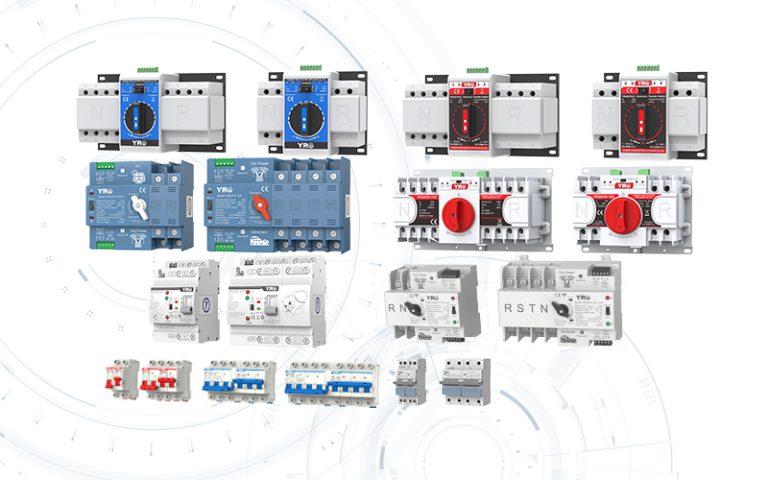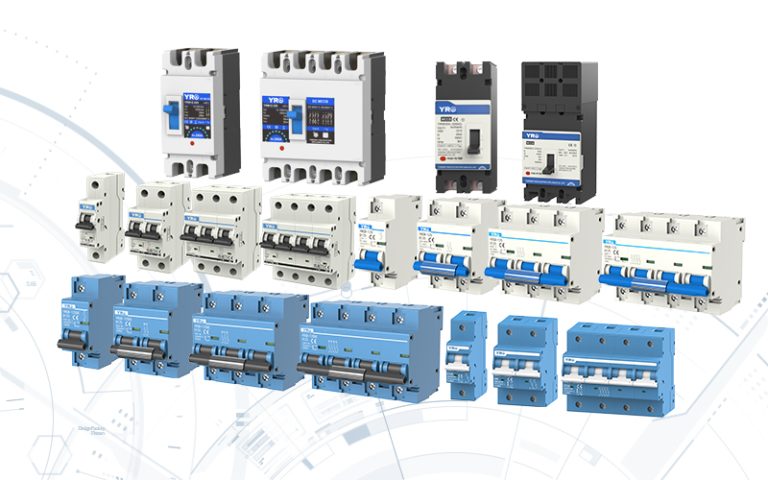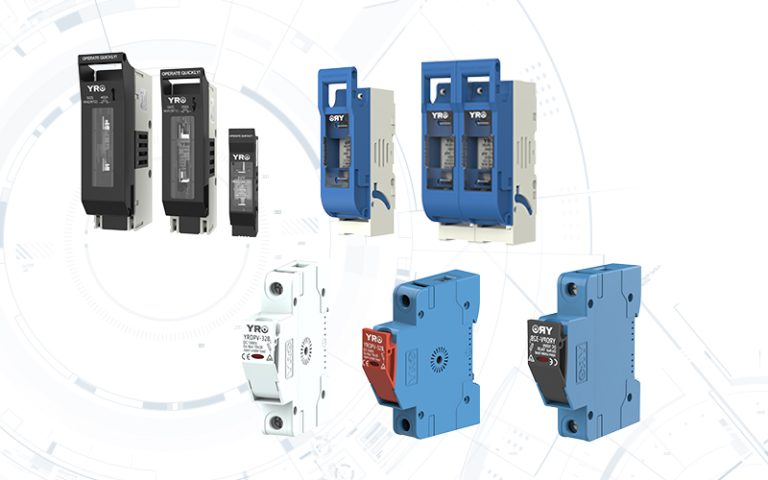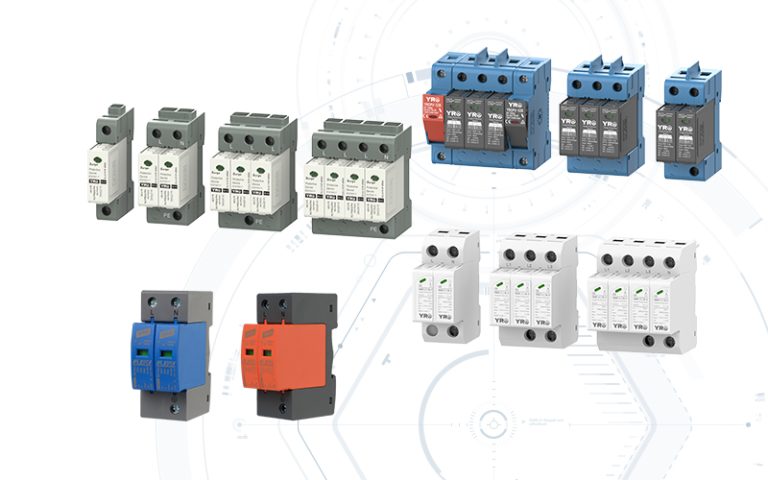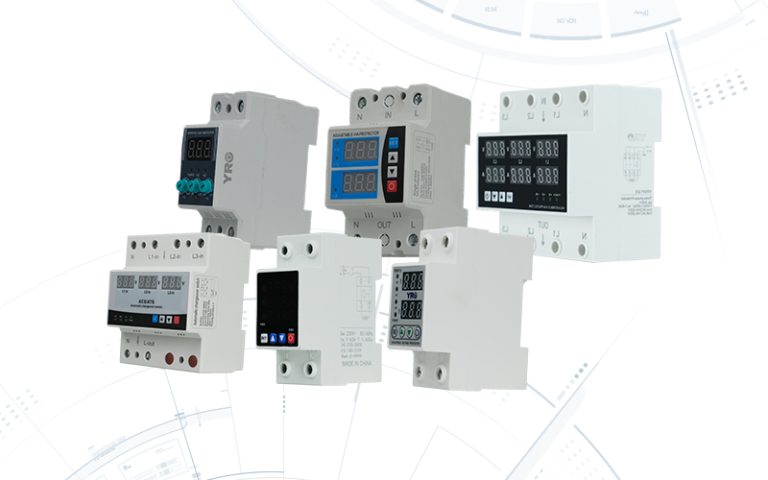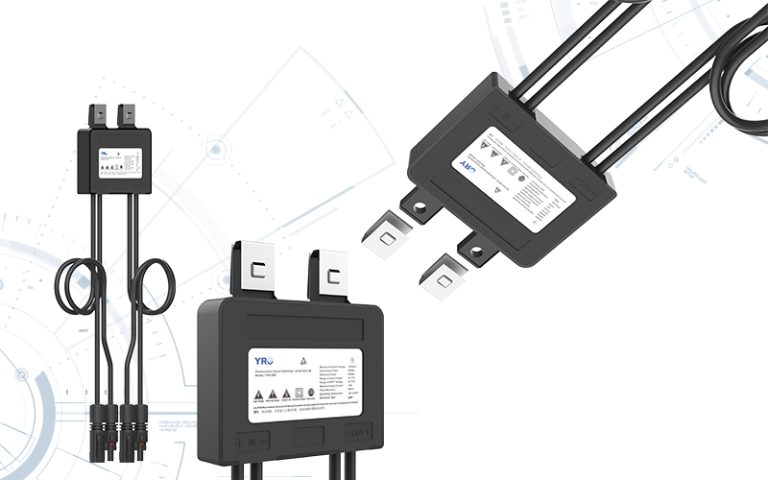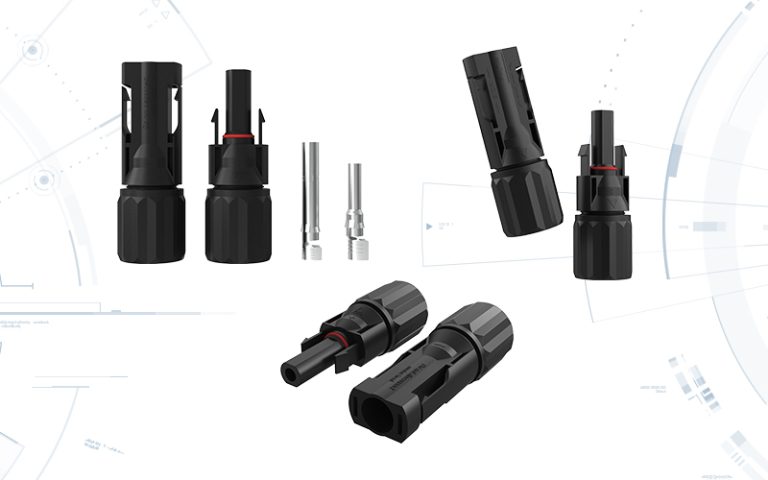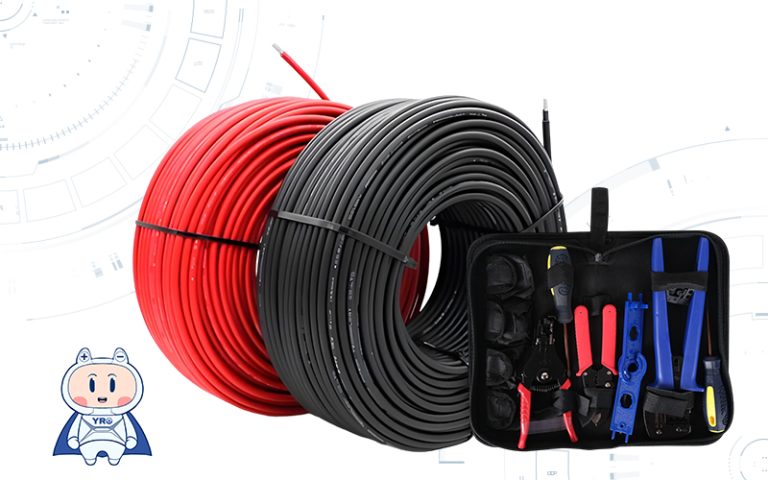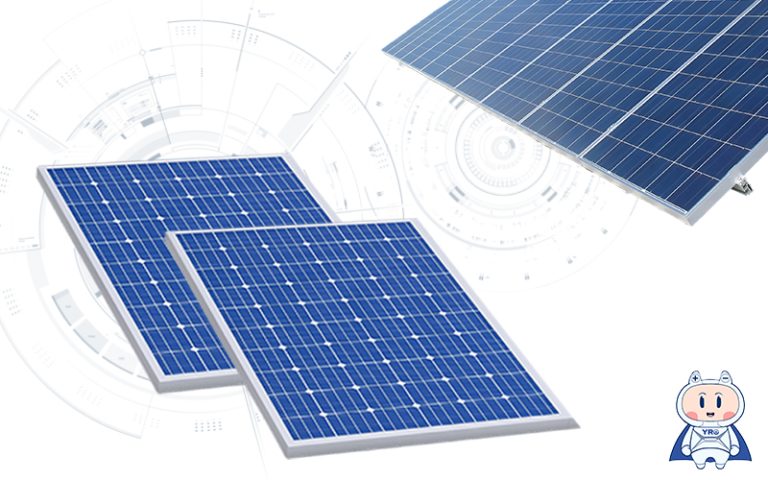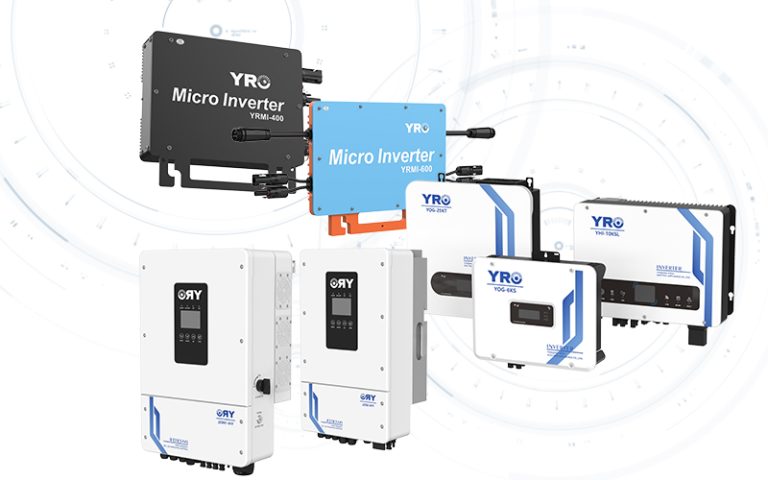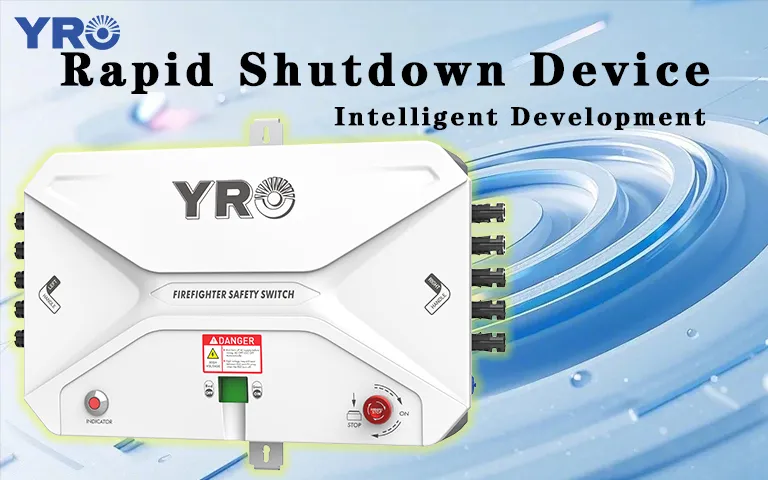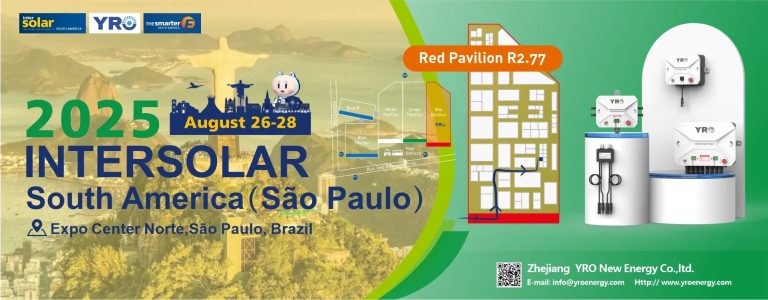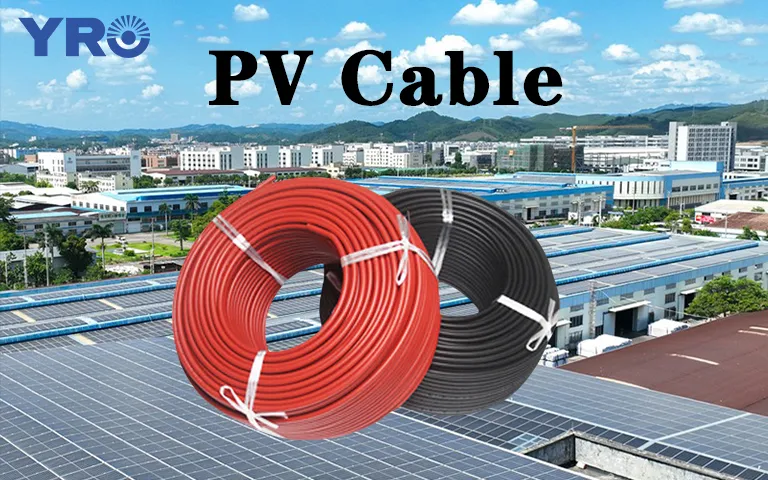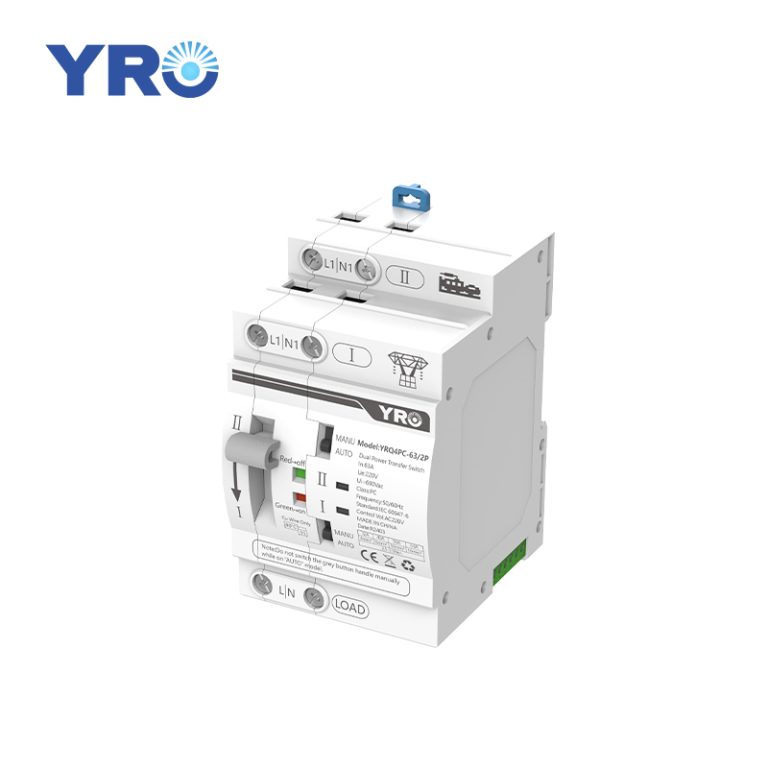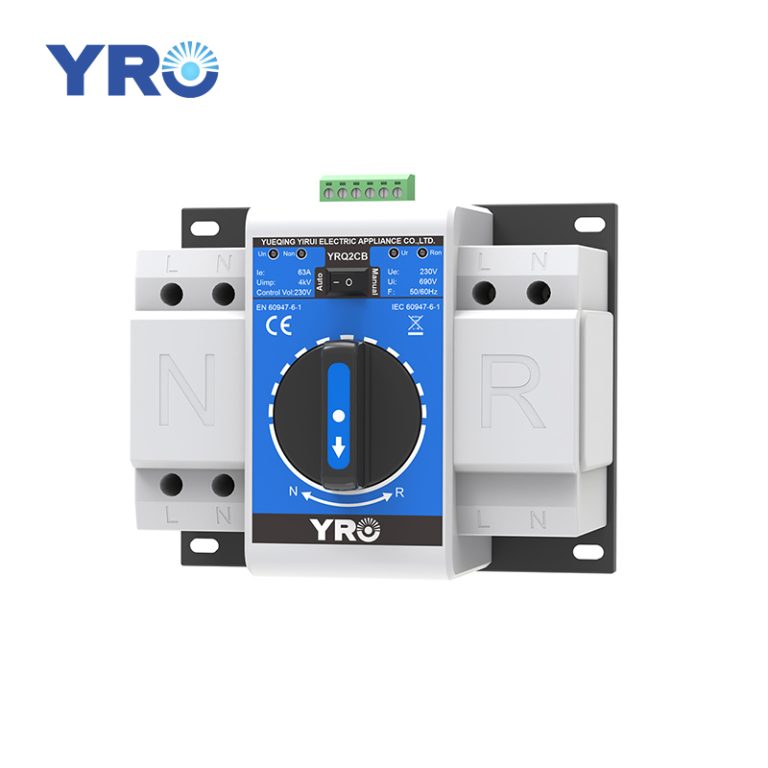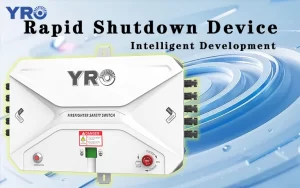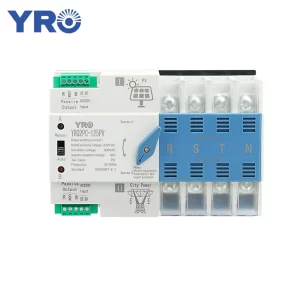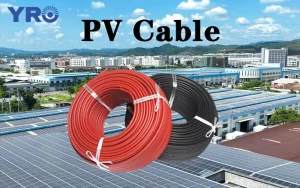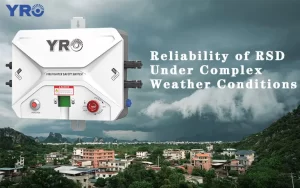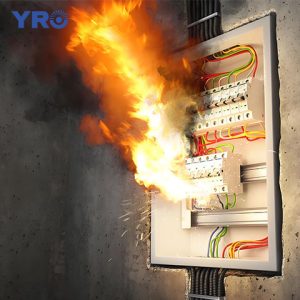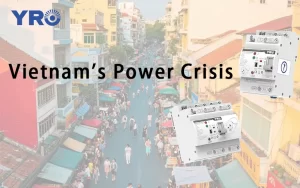In a world increasingly dependent on seamless power flow, dual power automatic transfer switches (ATS) play a critical role in maintaining energy continuity. However, like any electrical device, they are susceptible to faults—most notably, overloading. An overloaded ATS can cause serious repercussions, not only damaging the switch itself but also impacting the broader electrical ecosystem it’s part of.
Ignoring early signs of overload can result in system-wide failures, prolonged outages, or even fire hazards. Understanding the consequences is essential for every facility manager or electrical engineer.
What is Overload?
Although people in the electrical industry know the definition of overload, we will explain what overload is again here to expand the readership. Overload refers to the current or power exceeding the rated value of the equipment, causing the device to heat up, performance to degrade, or even fail. The most common overload behavior that ordinary people unconsciously do is plugging several electrical appliances into one socket.
In addition, there are two other reasons that can easily cause overload:
- Unreasonable design or installation: for instance, the cross-sectional area of the wires is too small, or the equipment selection is inappropriate.
- Equipment aging or insufficient maintenance: Poor contact, aging of insulation layers, etc. can also reduce the load-bearing capacity of the equipment.
What Impact Will Overload of ATS Have on the Power System?
When an double power automatic changeover switch operates beyond its rated capacity, it initiates a chain reaction of system stresses that compromise both safety and functionality. Unlike ordinary switching devices, ATS units operate during critical moments of power source transition, meaning their failure can strand systems without backup power when they need it most.
1、Unstable Power Switching
Once overloaded, the ATS may not be able to smoothly complete the switching between the main and backup power sources. This instability is particularly prone to occur in high-load or emergency switching scenarios. Delayed switching may cause unexpected downtime of critical equipment, and partial switching failure may lead to uneven load distribution on power sources, increasing the pressure on one power source. These phenomena not only affect normal operation, but may also have a chain effect on the service life of backup power sources, such as generators.
2、System-Level Voltage Instability
When an overloaded utility transfer switch is difficult to maintain an appropriate contact pressure, the resistance at its connection point will increase. This resistor can cause significant voltage sags during the switching process, and voltage sags may cause sensitive electronic devices to shut down, thereby triggering unexpected failures in industrial control systems and posing operational risks.
3、Reduced Lifespan and Fire Risk
Continuous overcurrent will cause excessive heat accumulation inside the backup power transfer switch, which not only leads to aging of insulation materials, but also accelerates contact wear. Damaged components are prone to arcing during switching operations, which can cause fires. Many electrical fires are caused by overloads and are difficult to detect in the early stages; by the time the equipment shows obvious discoloration or smoke, it is often too late.
4、Declining Efficiency and Higher Operating Costs
The overload system itself operates inefficiently. When the ATS operates in an excess state, it will consume more electricity, generate more heat, and may also lead to a heavier burden on the cooling system. This directly increased the operating costs.
In scenarios such as data centers and industrial factories, a decline in efficiency will affect overall production capacity and, in turn, revenue.
Common Signs of ATS Overload
Before a complete failure occurs, the following signals can be noticed:
- Unusual buzzing or high-frequency vibration inside the ATS
- Discoloration on the surface of the equipment, burn marks, or signs of overheating
- Frequent tripping or abnormal switch response
- Sluggish response or interruption during power switching
Analysis of ATS Overload Causes
| Cause | Frequency | Prevention Strategy |
| Insufficient capacity planning, actual load growth faster than expected (e.g., new equipment added to the system). | High | Consider future expansion in the initial design (recommend reserving 20% growth margin). |
| Harmonic distortion, loads containing a large number of non-linear devices (such as frequency converters, servers) causing current distortion; or uneven distribution of three-phase loads. | Medium to High | Add harmonic filters or load balancers; install power quality monitoring equipment upstream of the ATS. |
| Insufficient rated current, selection of an ATS specification lower than the actual maximum load during procurement or installation. | Medium | Use electrical load analysis tools to accurately calculate the maximum demand. |
| Environmental reasons, such as high temperature, humidity, dust, etc., leading to poor heat dissipation or increased contact resistance, thereby inducing overload. | Medium | Ensure the installation environment is well-ventilated and free of corrosive gases; select ATS equipment with higher temperature-resistant design. |
| Unreasonable settings of upstream circuit breakers, failing to effectively break during ATS overload, causing the ATS to carry abnormal current. | Low | Perform system-level selective protection coordination calculations; use current-limiting circuit breakers or fuses. |
Conclusion
Overload of the automatic transfer switch is not only a technical mistake, but also may affect the stability and safety of the entire system. By promptly identifying overload signs, understanding their consequences, and implementing effective preventive measures, enterprises can enhance system reliability, reduce costs, and extend equipment lifespan.
YRO offers a variety of factory-tested high-performance automatic transfer switches suitable for different power system environments. We support OEM services. For more information, please feel free to contact us for detailed product details.

